Blisters on your feet can take the joy out of hiking, or for that matter, life in general.
Here is what you can do to avoid them.
by Leon Pantenburg
When your feet hurt, you may end up hating whatever activity you’re involved in.
Blisters make it worse.
Blisters, according to webmd.com, are bubbles that pop up when fluid collects in pockets under the top layer of your skin. They can be filled with pus, blood, or the clear, watery part of your blood called serum. Most are shaped like circles. Depending on the cause, your blister could itch or hurt a lot or a little. They can appear as a single bubble or in clusters.
Blisters can be dangerous. On an extended outing, they might get infected in your hot, sweaty boots. Worse case scenario: since you can’t walk, your trip is over. You might need to be evacuated.
Here are some tips to help avoid getting blisters when hiking.
Toughen your feet before you leave. Don’t hike barefoot. Your feet will never get tougher than a broken beer bottle, rusty nail or barbed wire or thorn.
That said, I frequently wear flip-flops when walking my dog on a paved track. When it’s hot, I’ll kick off the flip-flops and walk barefoot. If my tender human feet can take the heat, so can her paws. This toughens the soles and edges of my feet and it helps a lot.
Waterproof footwear? Today, it is hard to find any boots without the moisture resistant liners. I don’t like the liners, and have yet to find one that works as advertised. The moisture barriers are supposed to keep outside liquid out, while releasing the sweat-generated interior vapor. But it’s all about air pressure. The liners, in my experience, can’t remove the interior moisture fast enough if you’re exerting yourself.
The liners make the shoe hot, which makes your feet sweat more. The footwear will stay wet, and your socks will soon be sodden. Blisters are created from moisture, abrasion and heat. Hot, wet feet get blisters.
Footwear that fits: Go to a reputable outdoors store, and get both your feet measured. Take along the socks you will wear in them. Generally, you will need a wider shoe or boot, one-half to a full size larger than your street shoes. Feet swell when you’re hiking, and depending on the weight of your pack, they may swell a lot. Too-small hikers end up becoming a common and sure-fire contributor to discomfort and blisters.
Break in your boots: We’ve all heard stories about people who took off from the trailhead in their new boots, and had to painfully hobble back. This should go without saying: NEVER start a hiking trip in brand new boots. It doesn’t matter how comfortable the boots were in the store, they still need trail time. (Here are some tips for breaking in new boots.)
Get good socks: In my experience of learning things the hard way, what really doesn’t work well is hiking in 100 percent cotton socks in waterproof or water resistant boots. Your foot perspiration will soon soak through the sock, and the boot will hold the moisture in.
Your socks will be perpetually soggy, which softens your feet and leads to blisters. (Here is why you should wear wool socks for summer hiking.)
Change your socks frequently. Try wearing thin, polypropylene liners next to your skin under your wool socks. The liners will cling to your feet, and keep the skin from rubbing on the coarser material.
Make sure there are no wrinkles in your socks. A wrinkle = a blister. It’s easy to get wrinkles across the arch when shoving your foot into the boot.
Don’t let hot spots develop: After you start walking, you may notice a place that feels a little bit warmer. Stop immediately and fix it! You may need to change socks, remove a wrinkle or apply Moleskin. A hot spot, unattended, can become a blister.
Carry and use Moleskin: Moleskin is a soft fabric with a thin layer of felt attached to a sticky backing. It is most often used on the feet to protect the skin from rubbing against footwear or against itself. It can also help cushion the feet. If you feel a hot spot coming on, apply moleskin.
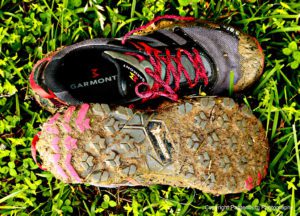
These Garmont trekkers have a moisture barrier. I’d love the shoes, but they are hot to wear.
Let the boots dry out whenever possible. During breaks, if practical, take your boots and socks off and let them dry in the sun.
Lace boots correctly for the trail: Make sure your boots are tight where they need to be, and loose where they should be. Adjust the laces accordingly. Going downhill, you’ll need to keep your toes from bumping the end of the boot. Uphill, the heel area of the boot needs to be tightened so your heel doesn’t rub up and down.
Trim your toenails: Carry a clippers so you can easily keep your toenails short. Clippers don’t weigh anything and you’ll be glad you had them.
I got these tips from an old infantryman:
Put Vaseline between your toes.
Use foot powder in your socks next to your skin, and inside the boot.
Here’s a couple bonus tips:
Plan for stream crossings: Check the topo map and see if you will be crossing a lot of streams. You want to keep your boots dry, but you DON’T want to carry a pack across barefoot. Take along lightweight hikers or tennis shoes that don’t have moisture barriers if you anticipate a lot of crossings.
Upgrade insoles: Many otherwise excellent boots have sketchy insoles. These can lead to rubbing. Check out some after market insoles if you have any concerns about insole quality.
Blisters on your feet can be painful and in extreme cases, could cause survival situations. The old mossy cliche’ is “Take care of your feet, and they’ll take care of you.” It’s always been true and it’s good advice today.
Please click here to check out and subscribe to the SurvivalCommonSense.com YouTube channel – thanks!

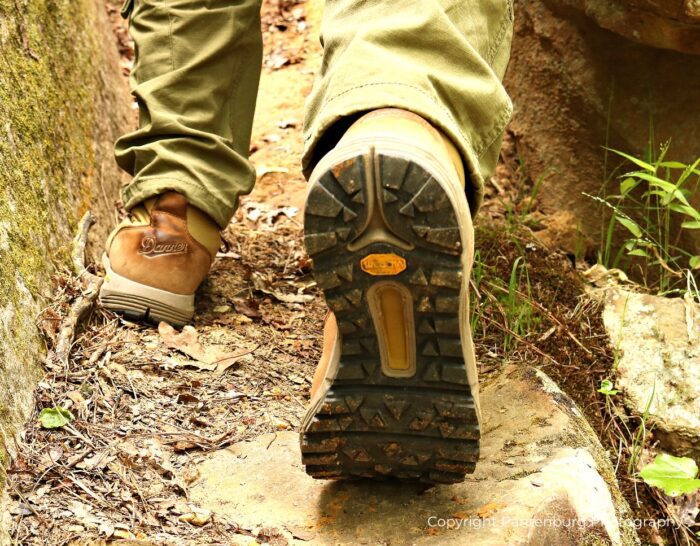
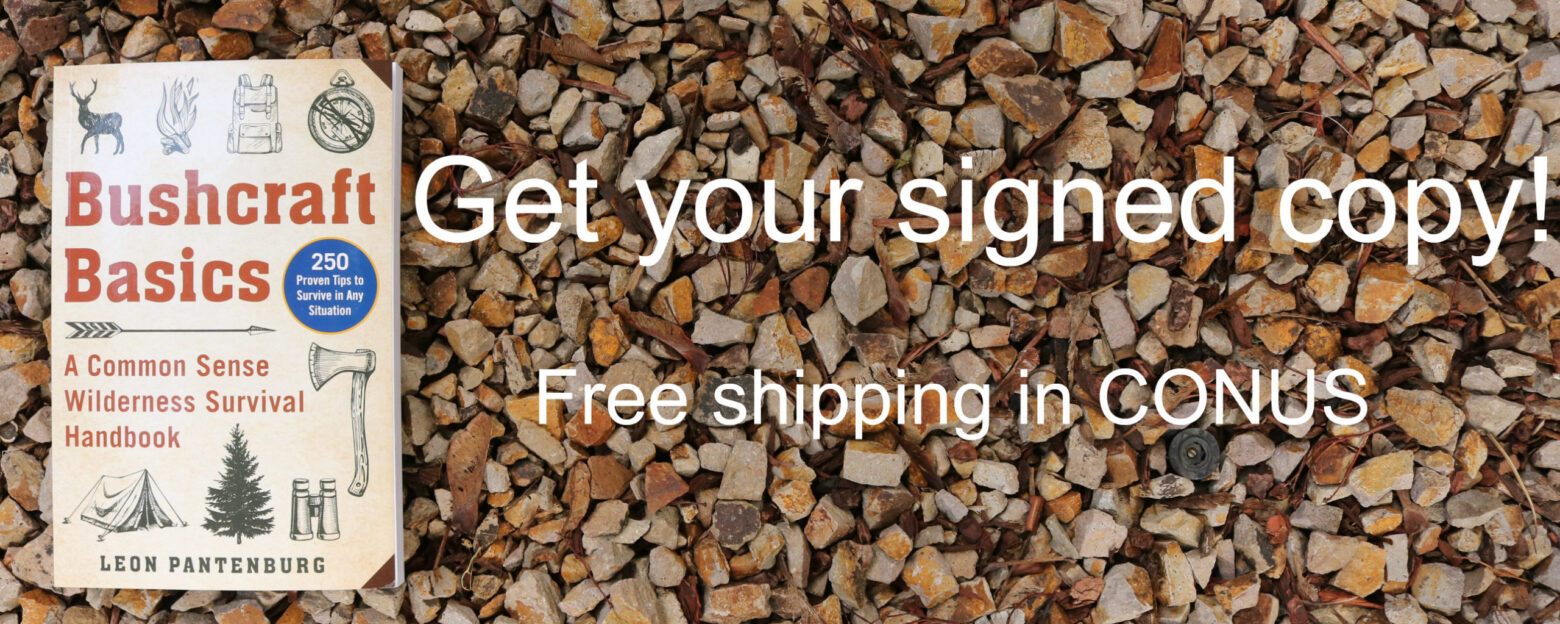

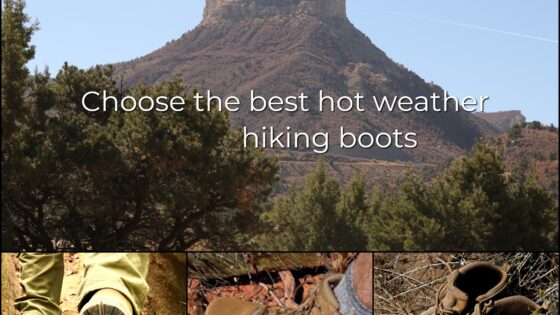
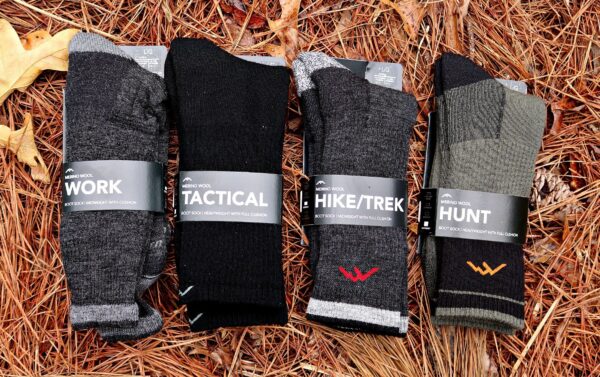
Leave a Reply